The inevitable step to have real "locomotives"
Dr. Le Viet Khuyen, Vice President of the Association of Vietnamese Universities and Colleges, said that Vietnam currently has hundreds of universities and colleges, but most of these institutions are small in scale, have a narrow scope of operations, and the quality of training and research does not meet the requirements of socio -economic development.
Many schools were established on the basis of upgrading from colleges, but lacked a modern university management foundation; overlapping functions when schools in the same locality or in the same profession often trained in similar majors, leading to unhealthy competition and waste of resources; lack of international competition and limitations in research and innovation when the number of international publications was still low, and the connection between universities - enterprises - research institutes was weak.
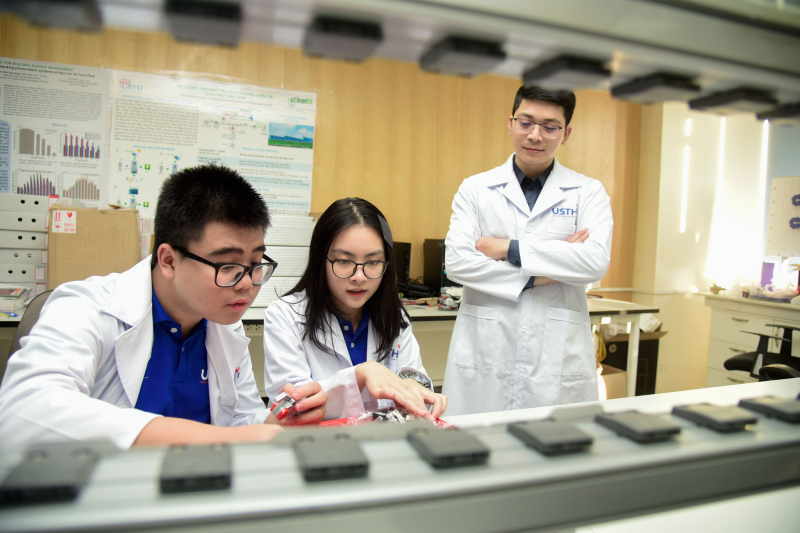
As a result, the Vietnamese university system has difficulty creating real “locomotives”, while the entire social resources are fragmented into small, ineffective pieces. If this situation continues, Vietnamese higher education will face serious consequences such as declining quality, wasting resources, losing international competition opportunities and having difficulty connecting with development needs.
Therefore, merging universities to form large-scale multidisciplinary universities with interdisciplinary research and training capacity is a strategic solution. This is not only an educational requirement but also a political decision related to the future of the country, especially in the context of Vietnam facing the requirement of transforming the growth model, towards a knowledge-based economy, based on science, technology and innovation.
Minister of Education and Training Nguyen Kim Son also said that at the present time, although the number and specific merger plan have not been announced, the general policy of the Party and State is that the university education system will be deeply reduced, reducing many institutions. The private university sector will not be affected much, the Public Security and Military schools will be handled by the Ministry of Public Security and the Ministry of National Defense.
The remaining 140 public universities will be merged and streamlined. The purpose of the merger is to overcome the fragmentation, smallness, and lack of connection between schools, especially those with similar training majors, and to aim at the ultimate goal of helping schools become stronger and operate more effectively. In addition, the arrangement and merger also promotes universities to develop at a faster, stronger pace, with a clear direction, creating a high-quality human resource for the fields that the country needs.
No mechanical assembly during merger
In order for the university merger process to not turn into a mechanical “administrative” process, causing disruption and negative reactions in society, many experts believe that it is necessary to clearly establish the basic principles including: For the common good, respect for university autonomy, transparency and accountability, harmonizing interests, step by step following a suitable roadmap. In particular, the merger must take into account the interests of many parties: the State, schools, lecturers, students, and local communities. If we only focus on management interests, ignoring academic and social interests, the process will fail.
In addition, it is not advisable to carry out a “one-stop merger”, but rather to have a process of testing, evaluating, and adjusting to avoid shock and wasting resources. In addition, the merger needs to be based on strict, scientific criteria, aiming to form sustainable multidisciplinary universities, ensuring suitability in terms of geography, training fields, research-training capacity, scale and operational efficiency as well as national strategy.
Sharing more with CAND Newspaper reporters about this issue, Associate Professor Dr. Do Van Dung, former Principal of Ho Chi Minh City University of Technical Education, said that merging universities in Vietnam is necessary to streamline, improve quality, and compete internationally; reduce the number of focal points, overcome the fragmented situation, and poor quality training that causes more and more unemployed graduates. If implemented well, it is possible to reduce 20-30% of focal points, increasing the efficiency of higher education.
However, to avoid mechanical mergers, causing major disruptions in personnel and disruptions to students' learning, especially to avoid falling into the spiral of power struggles, fighting, and lawsuits that will occur without a good leader, Mr. Dung said that it is necessary to build a transparent roadmap, strengthen the governance and identity of schools; focus on protecting people during mergers through options such as personnel arrangement and retraining support.
Prof. Dr. Nguyen Huu Duc, former Vice President of Hanoi National University, also proposed to reorganize higher education institutions in a flexible way, not to mechanically merge them into "potato baskets" like the way universities were organized in the past, avoiding separatism and dispersion of resources within the new organization. At the same time, this is also an opportunity to systematize the concepts of university, college, and academy. Mr. Duc noted that the success of new universities depends on management capacity. Therefore, the lesson from choosing a leader who is enthusiastic, good at expertise and management is extremely important and needs attention.
Emphasizing that one of the key issues is still which governance model to apply after the merger to avoid current shortcomings, Dr. Le Viet Khuyen said that there needs to be a suitable governance mechanism to replace the University Council mechanism because according to world experience, large multidisciplinary universities require a professional governance mechanism, in which the University Council plays a decisive strategic role.
If the trend of abolishing the University Council continues as in the spirit of Resolution 71, the State needs to soon have a new governance mechanism to apply to newly formed higher education institutions after the merger. In addition, the head needs to have university governance capacity and academic understanding, not just a political position; the post-merger university also needs to clearly decentralize between the central level (university) and member units (affiliated schools), avoiding the situation of duplication of power.
Source: https://cand.com.vn/giao-duc/sap-xep-tai-cau-truc-co-so-giao-duc-dai-hoc-cong-lap-can-lo-trinh-bai-ban-tranh-gay-soc-va-lang-phi-nguon-luc-i783278/








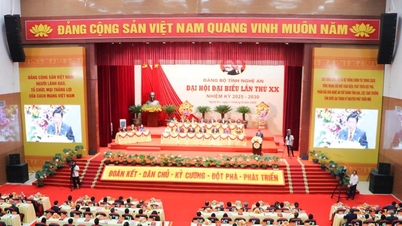





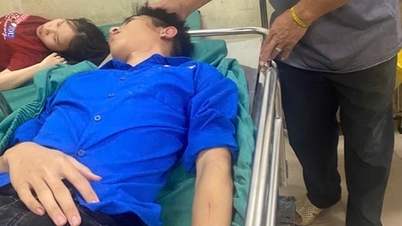


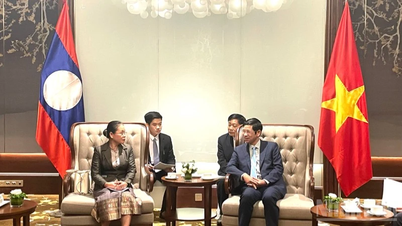






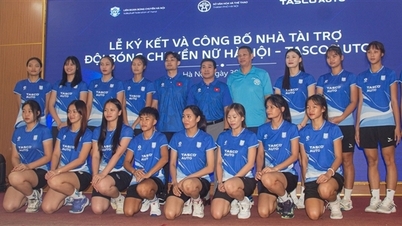







































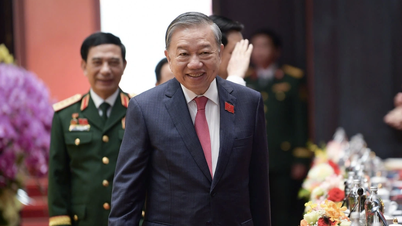













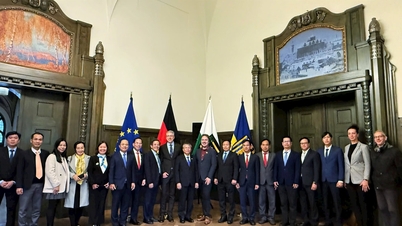

















Comment (0)